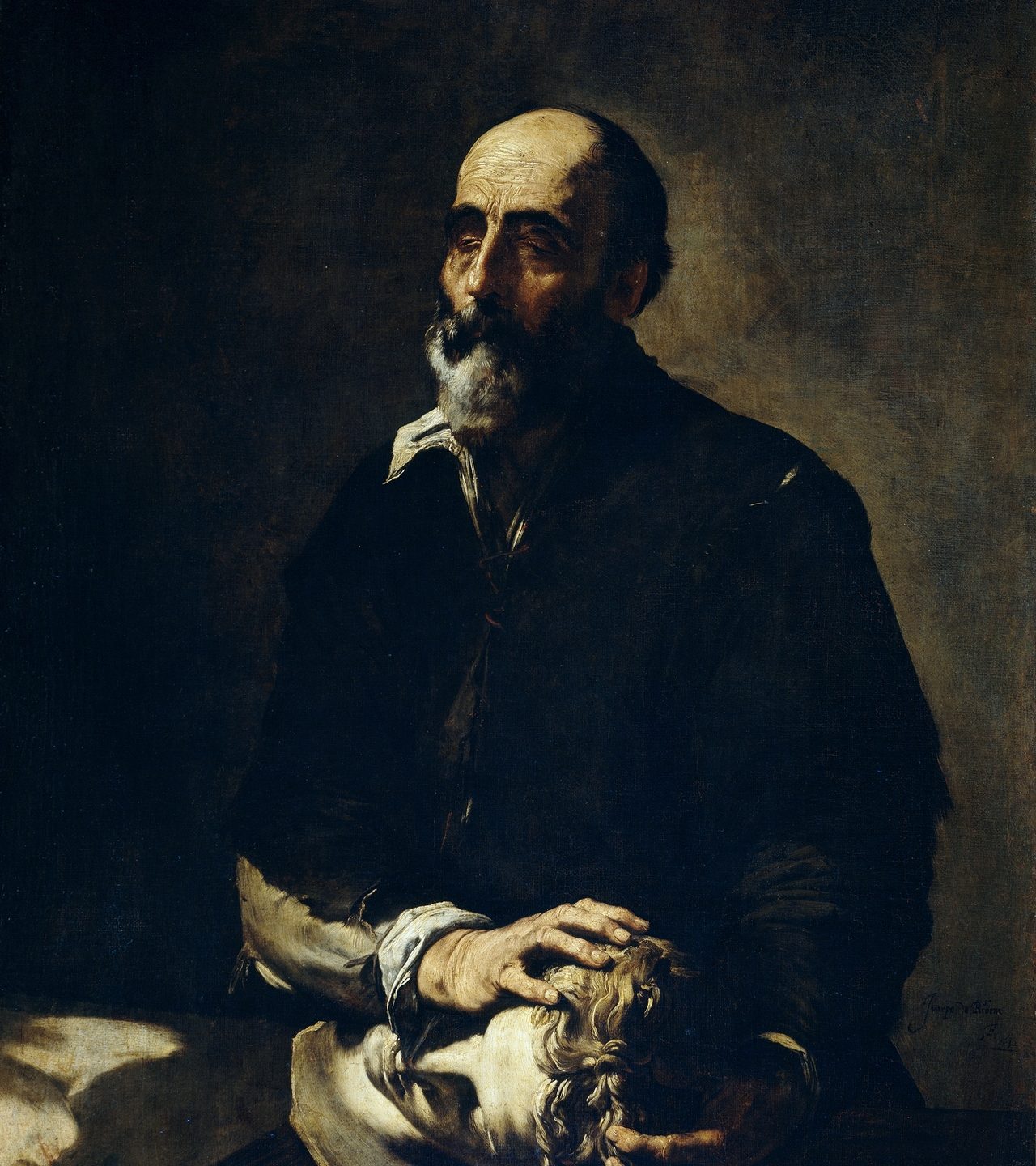CFP: The Philosophical Significance of Molyneux’s Question
University of York, UK
June 5-6, 2017
Funded by a grant from the New Directions in the Study of the Mind Project (https://www.newdirectionsproject.com/) to Louise Richardson and John Schwenkler
Confirmed speakers:: Mohan Matthen, L. A. Paul, M. G. F. Martin
With responses from members of Sense Perception in the North (SPIN, https://spinperceptionnetwork.wordpress.com/)
Call for Papers:
Deadline: February 15th 2017
Length: Submitted papers must be suitable for presentation in no more than 40 minutes. (approx. 5000 words or less)
Submission details:
- Submissions should be made via the conference site: https://spinperceptionnetwork.wordpress.com/mq/
- Please submit papers in .doc or .pdf format prepared for anonymous review.
- Please also include a separate covering letter including your name, e-mail address, and current position and institutional affiliation.
- You may direct any queries to the organisers (see below) or to: molyneux.question@gmail.com
- Authors will be notified of decisions no later than mid April.
The organisers will aim to cover in-EU travel expenses and accommodation for speakers.
Further details:
The question that now bears his name was posed by the Irish philosopher William Molyneux, and discussed by John Locke in his Essay Concerning Human Understanding:
Suppose a man born blind, and now adult, and taught by his touch to distinguish between a Cube, and a Sphere …, so as to tell, when he felt one and t’other, which is the Cube, which the Sphere. Suppose then the Cube and Sphere placed on a Table, and the Blind Man to be made to see. Quaere, whether by his sight, before he touched them, he could now distinguish, and tell, which is the Globe, which the Cube. (Locke 1694: II, ix, 8)
Molyneux’s question has had enduring appeal to philosophers in the ensuing three centuries. Why this is, is something of a puzzle of its own. First, it is unclear what, if any, philosophical problem would be settled if Molyneux’s question were to be answered. Furthermore, the question looks like one that philosophers have no particular role in resolving: to answer Molyneux’s question one should just, so it seems, present a ‘man born blind’ and now ‘made to see’ with a cube and a sphere and observe whether he can tell which is which.
However, just as mysterious as its enduring appeal to philosophers is the recalcitrance of Molyneux’s question to this direct experimental approach. Despite the promise of recent studies, carrying out this apparently simple experiment has, as yet, yielded no unambiguous answer to Molyneux’s question.
It is natural to think that scientists will answer the question by performing the simple experiment, and that philosophers will draw conclusions about the issues of interest to them once an answer is provided. And this reflects a tempting picture of the form that dialogue between scientists and philosophers of perception should take more generally: the experiments that scientists perform provide data which philosophers should then interpret and use to draw conclusions. However, the enduring philosophical appeal and experimental recalcitrance of Molyneux’s question raise the possibility that this view of the roles of philosophers and scientists in thinking about Molyneux’s question specifically, and perception more generally, is mistaken.
For example, maybe philosophers can play a direct role in answering Molyneux’s question. Perhaps the scientific experiments that will contribute to answering the question are other than the simple one Molyneux described. And maybe philosophers’ interest in Molyneux’s question can be satisfied without an answer to it: to find out, philosophers need to say more clearly what the philosophical interest of the question is.
We will bring together philosophers for a two-day international conference in York to consider the different roles and interests that philosophers and scientists have in considering Molyneux’s question. By trying to answer these questions together, we will also be making progress on the larger issue of the proper form that dialogue between philosophers and scientists of perception ought to take.
We invite submissions of papers to be considered for presentation at this international conference. Potential topics include but are not limited to the following:
- Why is Molyneux’s question of such enduring philosophical appeal? I.e., what traditional philosophical issues hinge on the proper resolution to Molyneux’s question? In what ways does “our” (contemporary) interest in the question differ from the earlier interests of Molyneux, Locke, and others? Can considering the historical context of the question and comparing it to our own help in understanding its enduring appeal and philosophical significance?
- What is the role for science in answering Molyneux’s question? I.e., what sorts of experimental findings would help us to answer it? Why has it been so difficult to answer the question through an experiment of the sort Molyneux originally envisioned? What other experimental approaches might be taken to answering the question? What sorts of experimental data or scientific frameworks are most relevant to it?
- What positive contributions can philosophy make toward answering Molyneux’s question, beyond the interpretation of experimental data? I.e., can philosophers address the question productively by considering it just as a “thought-experiment”? Can phenomenological analysis of visual and tactile experience support a positive or negative answer to the question? Can we make progress by considering how vision and touch are sources of knowledge of the spatial world?
Please do not hesitate to contact the organisers with any queries you may have.
Louise Richardson (louise.richardson@york.ac.uk) and John Schwenkler (jschwenkler@fsu.edu)

